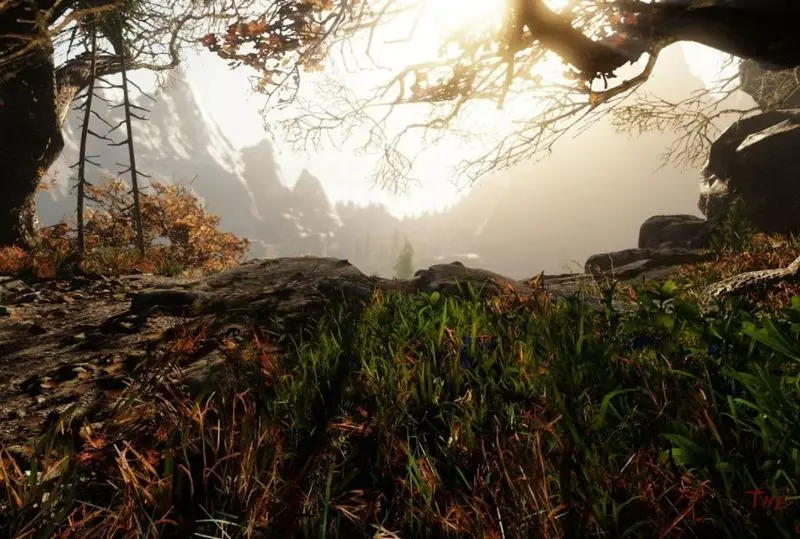The Altopiano of Asiago, doorway to a disturbing other world
Our horror itinerary moves East, to the Altopiano of Asiago, near the municipality of Enego, where it is possible to admire the best landscape features in the area (known as the “Italian Finland” for its 200km of ski pistes): the Brenta Valley, Monte Grappa and the majestic Dolomites. Alessandro Guzzo’s videogame, The Land of Pain, is set in the woody areas of the Altopiano, an intimate and biographical experience that unfolds in the writer’s childhood places. In the green areas of the high plain, where it is easy to meet piebald cows grazing freely in the pastures, we find gentle trails that head into these woods, picnic benches and huts for lunchtime refuelling with the local Asiago cheese. In the foothills of the Belluno Dolomites, which rise close by, we head through the thickets of fir, beech and long-branched mountain pines, to cross the abundant ferns, juniper bushes and, if lucky, stumble across the beautiful edelweiss flower.
In the game, an idyllic and familiar setting becomes a disturbing scenario after a sudden and mysterious event. We are guided inside a crumbling old house, after walking through the forest for two hours. It is the end of the summer and the trees glare threateningly at us from above while we explore the barely visible trails. Here too, thanks to Guzzo’s photos and surveys, detailed rendering catapults us through the shrubs of these isolated mountain hamlets lost in the mountains: time appears to stop, we lose every reference point. Innocuous, apparently picturesque, elements like the old washing houses, stone walls and steps, suddenly appear as representatives of something disturbing that could return from the past to persecute us in the present, in an evocation of a Lovecraft-like atmosphere.
Will we find an escape route? Is there a way out of the disturbing abandoned mountain huts of Northern Italy?


